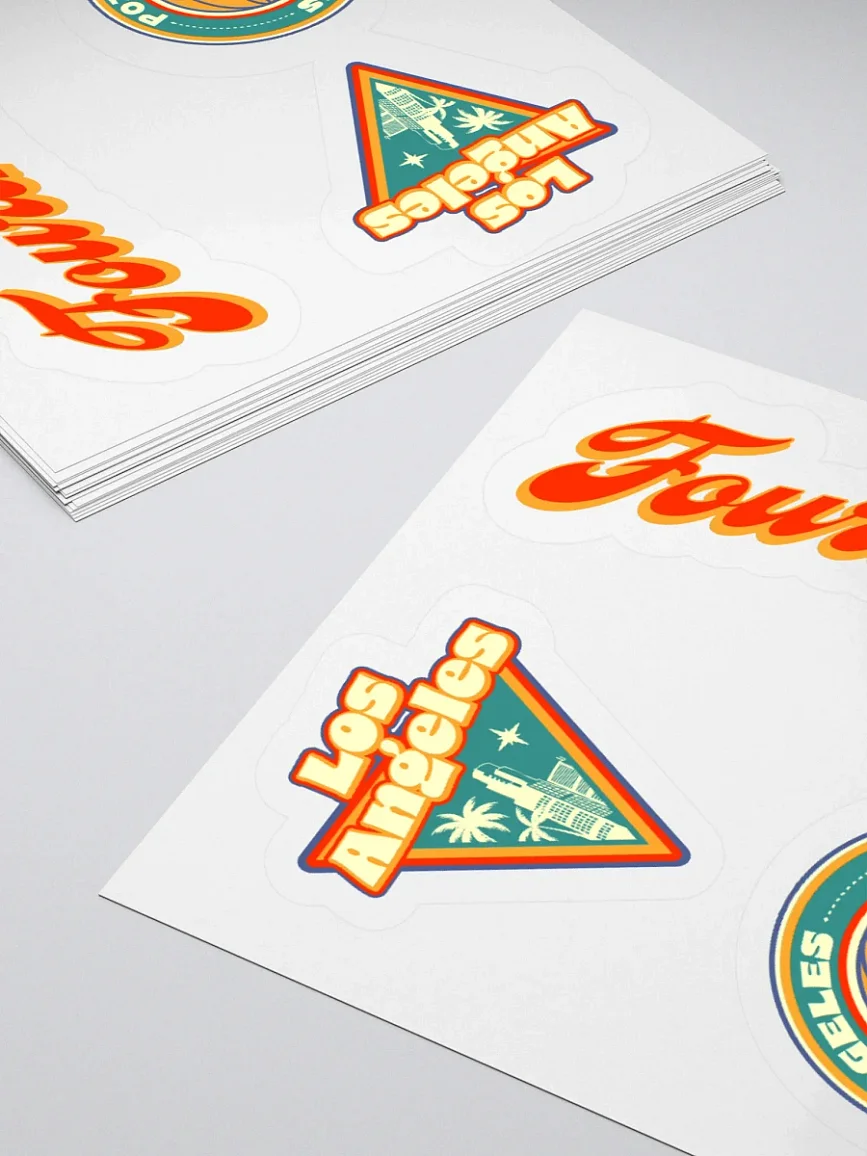Become a YouTube Keyword Research Pro

SEO, or “search engine optimization,” is the process of helping search engines find your content and connect it with users. Part of good SEO is finding relevant keywords, which can be a little challenging without having a roadmap.
Keyword research is also one of the most important aspects of YouTube SEO. With the right keywords on YouTube, your video content will have a better chance of getting discovered in a YouTube search, can rank higher in search results, and can reach the right audience to appreciate your content. By leveraging popular search terms and keywords, you can increase your YouTube channel's visibility, get more views, and improve watch time.
Keyword research tools can help you find the best keywords, and can also help you better understand how SEO works, including search volume, competition, and how users interact with search terms. We’ll show you how to seek out high ranking YouTube keywords, optimize your YouTube videos, and use keyword research tools like VidIQ and TubeBuddy to push your SEO strategy to the max!
Why Keyword Research is Essential for YouTube Growth
Higher Search Rankings – YouTube keyword research and optimization helps your YouTube videos appear in YouTube searches, and can improve your YouTube channel’s rank in Google results.
More Clicks and Views – Using popular search terms and keywords helps your video content attract viewers who are actively looking for the subject of your videos.
Better Audience Targeting – Identifying and using the right keywords on YouTube helps you better tailor your video content and titles to match search terms that users are already searching for.
Increased Watch Time – YouTube videos that are optimized with relevant keywords are more likely to keep viewers engaged, which then helps boost your rankings in YouTube’s algorithm.
Competitive Advantage – Analyzing your fellow content creators’ keywords helps you identify content gaps and opportunities for growth.
YouTube Keyword Research in 5 Easy Steps
1. Clearly Define the Topic of Your Video
Before jumping into your YouTube keyword research, narrow down the topic of your video as relevant to your YouTube channel and target audience. For example, if your broad topic is “fashion,” you could narrow down to a more specific topic like “new summer fits” or “cute walking shoes.”
- Use specific search terms instead of broad terms to reach a targeted audience.
- Research popular search trends related to the topic of your video and your niche.
- Look for comparable videos and titles (to yours) that have high search volume.
- Use YouTube Analytics to see what keywords on YouTube are already driving traffic to your content; note which of your current keywords are working the best.

2. Use YouTube’s Search Suggest Feature
The YouTube search bar can be an excellent keyword research tool that provides real-time data on what people are searching for. As you type keywords in that are relevant to your own video topic, you’ll see how viewers are looking for videos like yours in YouTube search.
- Type in a broad keyword related to your YouTube videos (e.g., "fitness tips").
- Next, make note of the auto suggested search terms that appear in the YouTube search bar.
- Out of these, choose long tail keywords (like "best fitness tips for weight loss") to narrow down further - keywords with a higher search volume but lower competition.
3. Analyze Your Competitors’ Keywords
Understanding how your fellow content creators’ successful YouTube channels use keywords can give you plenty of insight into how keyword trends work!
- Spend some time looking through video titles, descriptions, and tags of high ranking YouTube videos in your niche, or on very similar topics to your own YouTube videos.
- Use online tools like VidIQ, TubeRanker, or TubeBuddy’s Keyword Explorer to track keywords on YouTube that are working for your competitors.
- Using this info, identify content gaps within your own subjects of interest where you can create video content that isn't oversaturated, and get creating!

4. Optimize Your Video Listings
Proper keyword placement optimizes your YouTube SEO, and helps your keywords work more effectively with YouTube search and YouTube’s content algorithms.
- Title – Place your primary related keyword near the beginning of your title, and make sure it’s a click-worthy keyword (based on your research)!
- Description – Use similarly relevant secondary keywords throughout your video description.
- Hashtags – Add hashtags that align with your YouTube video's topic, and any trending topics or tags that also coordinate well with your own video, including popular terms; this will help attract more viewers and capitalize upon current trends.
PRO TIP: Avoid keyword stuffing - in this case, the more is not the merrier! Overloading your video titles or descriptions with too many keywords and hashtags can actually hurt your YouTube rankings.
5. Use Analytics to Review and Adjust Your Videos
Once your video content is live, you can start monitoring its performance in YouTube Studio Analytics. Once you identify what’s working, make some positive changes - update video descriptions, titles, and tags with new YouTube keywords; refresh your thumbnails; and add YouTube Playlists to your channel to group similar video content together, improving watch time.

- Check audience retention and watch time to see if viewers stay engaged, and if not, where they leave your video.
- Monitor CTR (click through rates) to make sure that your thumbnail and title are attracting clicks.
- Analyze traffic sources to see where your YouTube videos are getting views from; secondarily, you can check different regions to see what’s trending there.
- Use Google Trends to track seasonal search trends related to your niche.
- Continuing using additional tools, like VidIQ and TubeBuddy, plus advanced SEO tools like Semrush, to stay on top of your analytics and your keywords.
Recap: YouTube Keyword Research Tools
- YouTube Search - The autocomplete feature helps find currently trending search terms.
- Google Trends - Helps you track keyword popularity and search volume.
- TubeBuddy, TubeRanker, and VidIQ - All of these tools provide insights on related keywords and search volume.
- Semrush and Screaming Frog – Advanced SEO tools (for a fee) to help you do more in-depth keyword research.
- YouTube Studio Analytics – Monitors traffic sources for your YouTube videos as well as watch time, demographics, and viewer behavior, so you can adjust your keyword and SEO strategy.
Maximize Your YouTube Success with Fourthwall!
Monetize your YouTube well beyond ad earnings and SuperChats! Fourthwall is the ultimate monetization tool for YouTube creators, with so many avenues for extra revenue and more connections with your fans and your YouTube community.

With Fourthwall, you can easily create and sell custom branded merchandise, plus digital downloads and even exclusive behind the scenes content via memberships. Fourthwall’s seamless YouTube integrations lets you share you videos on your Fourthwall site, and promote your Fourthwall merch directly in your YouTube videos.
Come on in to Fourthwall to build yourself a professional custom website and merch store perfectly aligned with your brand, engage your YouTube audience, and get those earnings rolling - your keyword at Fourthwall is #success!
















